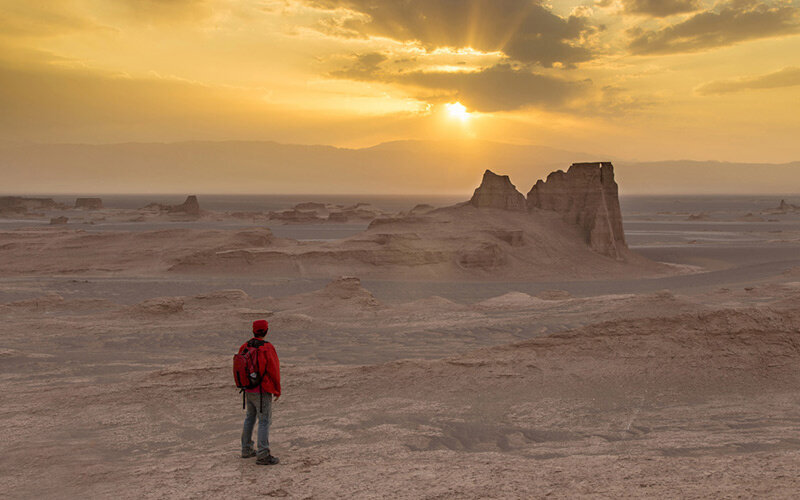Clean-up project to begin on UNESCO-tagged desert

TEHRAN – A clean-up project is planned to be commenced on Shahdad, part of the UNESCO-registered Lut desert, on Thursday, the director of the World Heritage site has said.
There were a large number of tourists and travelers during the Noruz holidays (March 21-April 2) in the Lut desert, thus carrying out this kind of project seems necessary, Moein Afzali stated on Wednesday.
The project will be done in collaboration with some cultural heritage aficionados and environmental activists as well as local people and volunteers, he noted.
Promoting the culture of a clean environment, preserving and protecting valuable natural heritage, as well as helping to clean the environment are the objectives of the project, he added.
Situated in southeastern Kerman province, Shahdad is home to shifting sands, salt plains, meteorite fields, and rocky terrain, which offers visitors breathtaking vistas and unparalleled serenity of the intact nature and wilderness.
It has long been a destination for adventurers, nature lovers, off-roaders, and trekkers.
The Lut Desert, widely referred to as Dasht-e Lut (“Emptiness Plain”), is a large salt desert encircled by the provinces of Kerman and Sistan- Baluchestan, and South Khorasan. It is the world’s 27th-largest desert and was inscribed on UNESCO’s World Heritage List on July 17, 2016.
Seven years of satellite temperature data analyzed by NASA show that the Lut Desert is the hottest spot on Earth. Based on the research, it was the hottest during 5 of the 7 years and had the highest temperature overall: 70.7°C in 2005.
The desert is also considered one of the top areas in the world for finding meteorites, thanks to its unique parameters. In recent years, significant finds have been made, with the efforts of national and international teams of researchers.
ABU/MG
